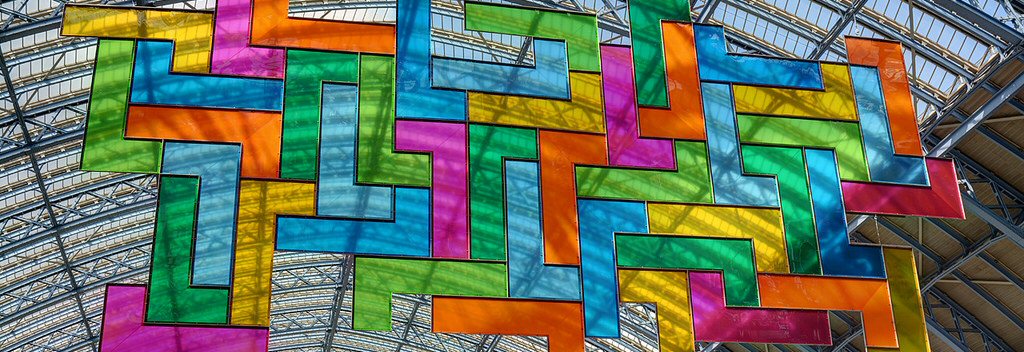Unlike other instances where plastic is sometimes seen as a cheap material used in place of something more premium, acrylic boasts numerous qualities that make it a superior choice in a majority of circumstances.

Heir to the Throne
The ability of glass to transmit light and appear clear or translucent is a highly desirable trait, and one which finds itself in demand across a wide range of design applications.
However, glass also has a number of drawbacks when used for this purpose – particularly when it comes to safety considerations.
It’s no secret that when glass breaks it can shatter into shards, posing a hazard. When combined with its weight it can make for a particularly dangerous situation if glass was to ever fall from any height. Safety glass tries to circumvent the risk by breaking into small pieces, but weight still remains an issue for a number of reasons.
This is where acrylic steps in to fill the role glass cannot. Acrylic possess just about every benefit glass does without the downsides. In fact, acrylic is actually a bit of a wonder material - particularly when it comes to creating signage.
Known by a wide range of names, many of them brand names, it’s become ubiquitous across a variety of industries. Plexiglas and Perspex are both well-known branded names, but it’s also known as PMMA, Acrylite and Lucite among others.
Better at the Basics
Looking at that key trait, how transparent is the material, it may surprise you that acrylic actually boasts superior light transmitting ability than glass does. Glass manages to transmit 90% of light while Acrylic achieves 92%.
It’s so transparent it has no colour at all when viewed in its clear state while glass has a greenish tone to it, and this is where another ability of acrylic manifests itself.
It can easily be coloured and so is available in a multitude of shades – with the option to either be solid opaque colour or maintain its translucency. It’s even available in a shade that matches the green tone of plate glass to truly imitate its look.
Another feature that makes acrylic highly desirable is that is also up to 20 times stronger than glass. Objects made of acrylic can survive far more punishment and are more likely to survive knocks and drops.
Acrylic also doesn’t shatter into the sharp shards that glass does. When combined with it weighing half as much as glass, it makes it highly suitable for use in public areas where there’s risk of breakage.
When working with the material, acrylic is easily the preferable choice and offers far more in versatility and design potential.
Generally glass has to be cast into form with cutting and shaping very difficult afterwards. Glass can be ‘glued’ into more complex shapes to some extent, but its weight is again a problem here and it’s usually preferable to keep the number of pieces used to a minimum.
Acrylic has no such limitations. It can easily be cut or machined using CNC, it can be glued and even screwed together. It can also be bent and curved to the desired shape using heat. It’s incredibly versatile and it’s no wonder it’s become such a widely used material.

Unique Properties
There are some areas where glass still has its advantages. Glass has a much higher scratch resistance than acrylic does, which makes acrylic unsuitable for use in situations where it is subject to frequent impacts from objects – car windscreens for example. If acrylic possessed better scratch resistance it would have replaced glass in screens a long time ago.
However, if acrylic does get scratched, it can be polished out to restore the finish. With glass this is much harder to do, and more likely to need replacing if a scratch does occur.
Chemical resistance is another area glass is still the material of choice. There’s a reason labs still use glass beakers and tubes, glass is highly resistant to chemical attack and possesses low reaction and absorption rates.
With the uses being advocated here this is generally only applicable when cleaning the material, but it is worth noting harsh cleaning products are not required to clean acrylic.
Clear Winner
Despite these few niches where glass still has a definite use, in the world of signage, point of sale, and design installations, acrylic is the clear winner and superior in just about every way.
Definitely not a poor alternative, acrylic is the wonder material that’s the best for the job – offering vastly superior usability and potential.



